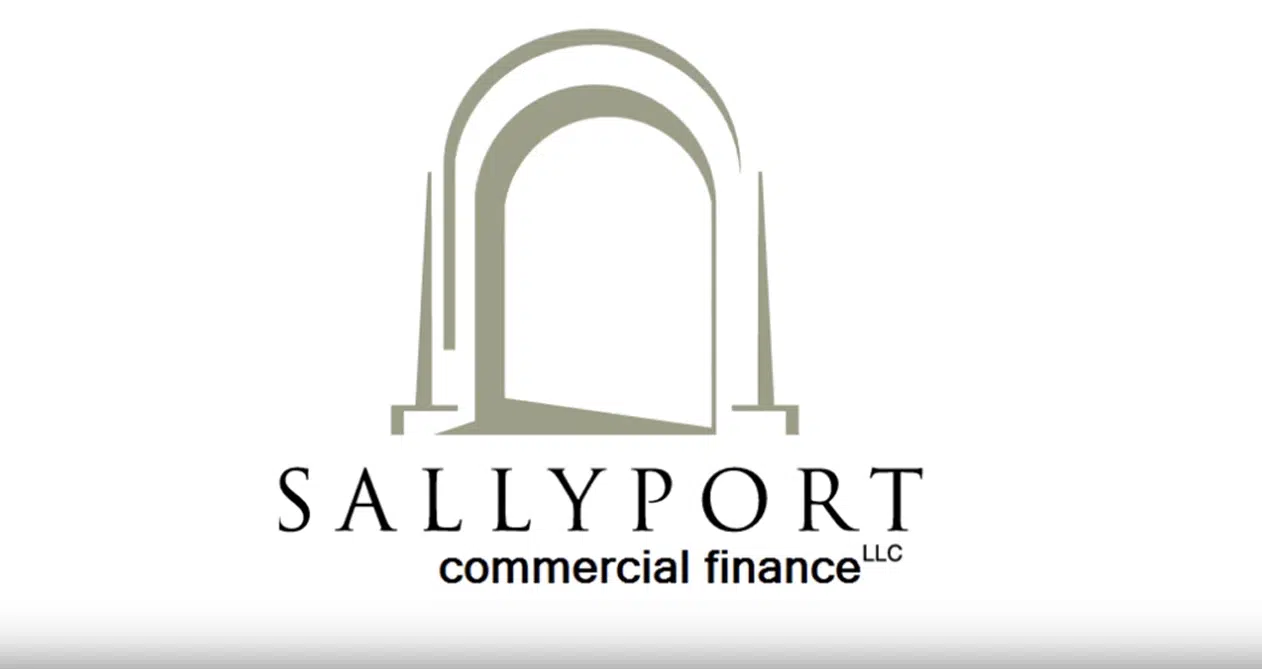Articles & Videos
Business Banking post-COVID

The business banking industry had to adapt as quickly as COVID-19 hit. For a business model that was edging slowly towards digital adoption, resistant to change in many ways and restricted by onerous regulations, banks handled the short-term needs of small business customers surprisingly well in the midst of a crisis.
Governments relied on banks to distribute the various subsidies on offer which effectively kept small businesses and the economy afloat and they even enjoyed increased demand for their services, at least while the pandemic was ongoing. These things were facilitated by concessions made by regulatory authorities in order to sustain business at the onset of lockdowns. For some small business customers, COVID-19 also forced an acceptance of new ways of banking which they were opposed to previously.
It’s fair to say as with a lot of industries, COVID accelerated trends such as digitalization that were already happening in the banking industry and it also threw up some new trends that institutions may or may not embrace going into a new normal.
Will the innovative spirit prevail in business banking?
It will have to. Life has changed far too much for banks to return to the good old days but there is still a lot of uncomfortable change (both culturally and related to organizational structure) to happen in banking institutions if banks are to prosper. There have been bold claims of physical branches disappearing by 2034 but it won’t feasibly be quite as clear cut as this because ultimately people still want to do business with people; plus there’s a lingering distrust of online banking with certain demographics.
What does successful business banking look like in the future?
The number of branches will likely continue in a downward trend as banks realize that consolidation is necessary for progress and employees proved that they can offer the same level of service from their homes. The purpose of scaled-down branches will be very different as customers will visit for value-added services and advisory on a much wider range of business topics than is currently available.
Tech advancements will be one of the defining factors of banks of the future, with the most successful companies adopting innovative technologies such as artificial intelligence in branches and for use in clients’ offices or workspace which will give the anytime, anywhere access to banking services that customers demand. Keeping up with the pace of digitalization could be a challenge for an industry that is inherently ‘traditional’ in its ways. ‘Financial Brand’ reported recently on institutions that frequently neglect their digital footprint in favor of physical locations and this is the sort of mindset that will need to be reversed in the new digital-first economy.
Unfortunately, many SMEs have been extremely hard hit by the pandemic and as support measures are withdrawn and payments resume, the full effects of the pandemic on borrowers will become apparent. Moving forward, the risk of businesses defaulting on their loan facilities is a growing concern for banks. Interest rates remain low and the risk of defaults gets ever-higher for banks that operate in the small business space therefore profits are under serious pressure. Banks that want to continue with their transformation will be reevaluating business models to assess where costs can be cut, profitable new products and services added and risks mitigated.
Diversification and Risk Mitigation
Most commentary from senior industry professionals indicates that priority will be for banks to shift focus and business away from non-profitable areas, one of which being small business finance and another is funding for new businesses, both of which represent a much bigger risk than their larger counterparts with a long trading history.
Remaining clients will be looking to their bank as a trusted advisor on all things business which will mean expanding competencies in areas such as taxation, accounting and liquidity either internally or by partnering with third-parties who have such expertise.
For banks to be able to walk away from small business clients on good terms, they will need to partner with industry professionals with the competencies and experience to offer financial solutions which meet the unique needs of smaller organizations old and new, without the prohibitive lending rules.

Alternative lenders grant a win-win for all
Alternative lenders are the solution that banks need to exit or pause relationships with small business customers that are increasingly risky and unprofitable in these economic times. Invoice factoring and other alternative finance companies are already well-placed to partner with banks in the emerging market; they have their own progressive methods for assessing credit risk which are very different from the banks, they are regulated less stringently and generally work with businesses in the SME space in the shorter-term to return them to financial health at which point they may well revisit a more traditional form of financing.
For banks, working in collaboration with alternative finance providers allows them to diversify their offering through third parties and concentrate on more profitable business but still retain some of their clients’ day-to-day banking business and a future relationship. Most importantly, development of mutually beneficial relationships between banks and alternative lenders is the best way to service small and medium businesses with the working capital they need to grow – a win for the economy too.
Partner with an experienced alternative finance provider
Sallyport has a trusted network of referral partners that rely on our expertise to finance small and medium businesses across a huge range of industries that for whatever the reason, they’re unable to extend funds to themselves. If you’d like to discuss partnering opportunities, get in touch with our leading partnership team today.
Search
News
$1M Funding Fuels Agri-Business Growth Across Borders
Sallyport is pleased to announce a new partnership with a Canadian agriculture business, providing a $1,000,000 Accounts Receivable facility to…
Read MoreFueling EdTech Growth with $5.5M in Tailored Financing
Sallyport is excited to support a forward-thinking education technology company with a $5.5M combined Asset-Based Lending facility, including Accounts Receivable…
Read MoreArticles
Hold the Phone: Verification Calls Are Key Risk Management Tools
There is no question that technology is helping factors function in a more efficient, cost effective manner. But Emma Hart…
Read MoreDoes Your Business Qualify for the ERTC Tax Credit?
The Employee Retention Tax Credit (ERTC) was established in 2020 as part of the CARES act in order to encourage…
Read MoreVideos
AG Machining Client Testimonial
AG Machining Client Testimonial
View Now



